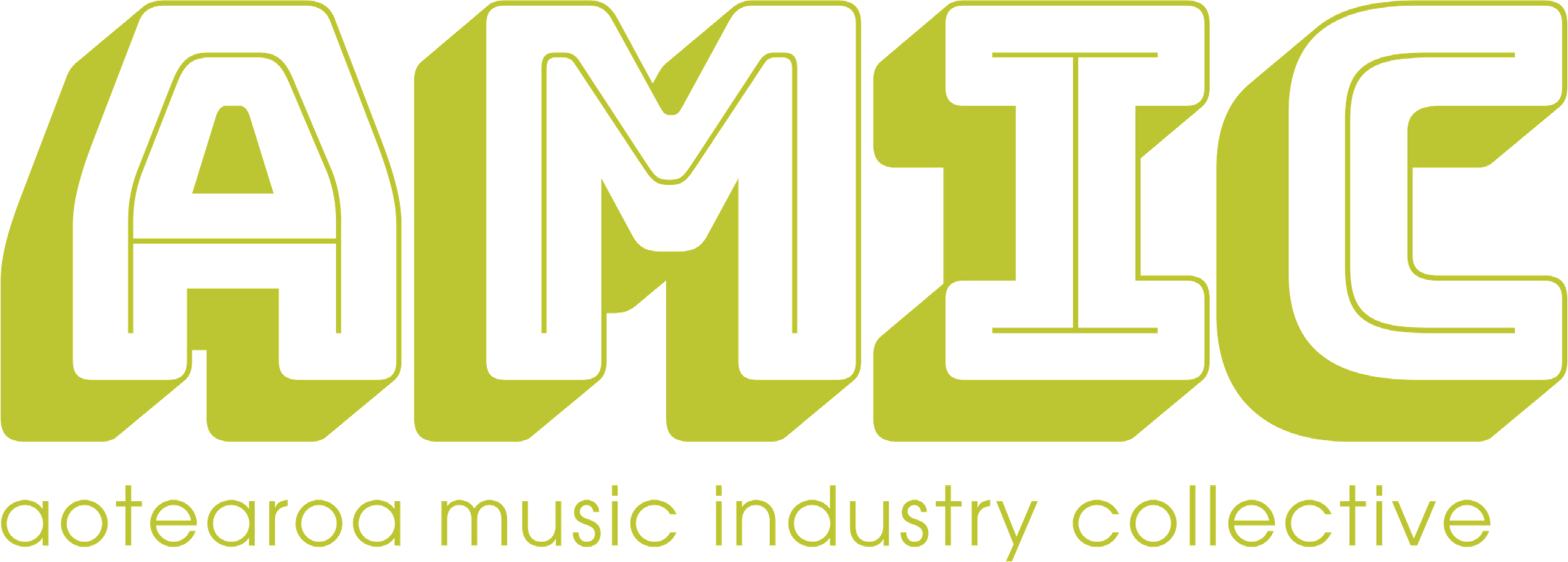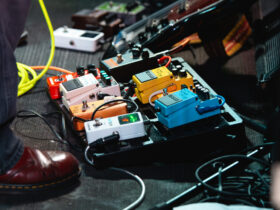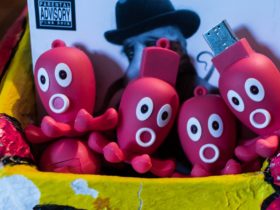Written by Ryan Kershaw.
Look into many a cognitive therapy session, political rally or extreme hate-filled march across the nation and you will soon see how much damage splitting (commonly called ‘Black and White Thinking) can do; though you don’t have to be a radical hate-monger to limit yourself by going ‘your way or the highway’. Having a strong opinion on various subjects can be healthy but beware the dangers of ‘or’ in art and music.
Too often, musicians spend wasted energy arguing over ‘this way or that way’, not realising that by opening one’s mind to learning from both ways could be extremely beneficial to the practitioner.
You can learn a lot by simply replacing ‘or’ with ‘and’.
Here are some examples of areas in music where sides are chosen, and flags waved, with both sides losing out by doing more talking than listening. I have also included suggestions for alternative approaches:
Tabs or Notation

As popular amongst guitarists as the ‘speed vs. feeling’ debate, the perception that TABs are for lazy guitarists, or notation is the real way to learn, or notation is redundant these days are a given on any online guitar forum. However, both have their merits and can be used. As a teacher, although I’d love to see every student develop a great understanding of notation, I also understand that initial engagement in learning is important and would rather see students want to learn with TABS, then not learn at all because they associate notation with being boring or useless. Forcing notation on students who have no interest in it does not work. There is though, a way that you can approach this in that it is possible to learn and enjoy learning with both. TABs are easy to use quickly for singer songwriters who play for fun, and just want to look up a chord or riff quickly.
Notation; needless to say, is extremely useful to musicians of all genres for transposing for different instruments (handy if you are in a band and want to show something quickly to that sax or piano player). Teaching notation using examples relevant to the student’s musical interests is an effective way to unlock the desire to ‘read music’ in the first place. Being able to read notation well also opens up opportunities in making your income with music, through session work and transcribing for books or magazines. Also, it will once-and-for-all prevent any awkward feelings that may arise when posed with the question “Can you read music?”
After all is said and done, why not learn both? If you do decide to learn using just one method – let others learn with their preferred way and use the time some devote to arguing who is right on guitar forums, to practicing more instead!
Acoustic or Electric
Seeing a player from a genre or style outside of your norm can do wonders for opening up a whole other universe of learning. Two such guitarists for me were David Gilmour and Tommy Emmanuel. As a young guitarist, I learned from watching David that playing slowly can be just as amazing as anything played fast, and from Mr. Emmanuel… well he just blew my mind as to seeing what could be done with an acoustic guitar. Of a similar vein, developing an appreciation of different types of guitars can lead to using the best tool for the job, rather than discarding one or the other due to ignorance. Acoustics are great for their portability and they do get a sound which, although developments have been made in acoustic simulators, are unique to those types of guitar. Electrics (talking about your standard beginner/intermediate guitars) obviously have their unique sound too, so being able to play both and knowing when to use either one is a big plus for recording and playing live.
It is common for beginners to ask whether it is better to start on an electric or acoustic. Well it is possible on both. I like students to start on acoustic because it strengthens the fingers a little more and is easy to hear without an amplifier. The acoustic also lends itself to many basic songs, strummed around chord shapes that lend themselves to the sound of an acoustic. On the other hand – if a student is set on electric and loves all electric music (think Slayer etc.), then starting on an electric is fine. The main thing is that the student enjoys learning. Remember, with inspiration even technical passages tend to get practiced until mastered. Inspiration is the key so find out what inspires and go with it! Acoustic or electric? Both are brilliant!
Opening one’s mind to learning from both ways could be extremely beneficial to the practitioner
Teacher or No Teacher

It is always a little disappointing to see comments such as ‘F**k getting a teacher – just look at YouTube videos’. Online video platforms are a great resource, though it can be overwhelming and with a little guidance from an experienced teacher who writes music, records, plays live and/or works in the music industry, one can save themselves time and hassle. So often it is through a negative experience with a music teacher in their past that a negative attitude towards lessons is developed, but what would stop one from learning from an experienced musician AND ‘teaching themselves’ from online videos, magazines etc? No one really teaches themselves anyway, the term ‘self-learned’ might be more accurate, though that is for a different discussion.
I started to teach music as an occupation at 15 years old and by 18 was teaching professionally with a full roster. I have written books on the subject of both learning and teaching the guitar, and recently I have started lessons again as a pupil. Asking questions or listening to ideas from someone who has experience outside of your own can be a marvelous learning experience and keeps things fresh. There is always the potential to learn different things – whether that is a different use of advanced techniques, new ways of applying inverted chords or modes, or different styles. And you know what? By getting formal lessons you won’t lose the ability to learn other things without a teacher. You are smart enough to take on board what you need, and as long as you don’t know everything in the world – a little guidance can bring about creativity.
You can learn a lot by simply replacing ‘or’ with ‘and’.
Brand A or Brand B
It’s a really good thing to be able to find brands that you trust and often a brand will have a strong following for good reason, but it is wise to compare a few brands to have more of an awareness of just what is available to play with. Is Gibson better than Fender? The short answer is no, and Fender isn’t better than Gibson either. They are both different brands, with different models of guitars.
Even inside a brand, models can vary enough that you might like some of the brands instruments and not others. Artists you love might be endorsed by a brand, so you will associate them with that instrument but at home they will most likely have a few brand names to the instruments they play. As with acoustic vs. electric: use the best tool for the job, and there is nothing wrong with having a few tools in your bag. Just remember that a tool doesn’t work on its own!
Do This or Else I’ve Failed

For too many years, I personally had an ‘or’ mindset with regards to my music. I was influenced by a band that were one of the biggest selling artists in the world, and always thought that if my career wasn’t similar to theirs – then I’d failed. What I didn’t realise was the amount of external factors that go into marketing a machine like that, and I also didn’t realise that I could find my own voice and forge a path in a different way, whilst still having a great career as a musician and music educator – in turn feeling more of a sense of fulfilment than if I followed the path of my (often dead) childhood heroes.
Teaching (it’s me or the student)
As a member of various music teacher’s social media groups and official organisations, I often hear teachers complaining about students without even mentioning how they themselves interact with the student. We teachers can learn from taking an ‘it’s me and the student’ approach, rather than it’s either me or the student. Yes, sometimes there will be an obvious issue with the student’s way of dealing with people, but the result of any suggestions or strategies implemented is always synergistic, as is learning. Even if one feels that they are teaching effectively, it doesn’t hurt to look at both sides to see how things can improve or return to being naturally inspired. Remember: It is you AND the student, both learning.
So… why bother with all this ‘And rather than or‘ stuff? Well, just in making that seemingly small change it can open you up to learning without self-sabotage. By being aware of both sides of the coin, you have the ability to choose the best tool for the job, instead of restricting yourself through limitation or ignorance.
In a professional music career, being open to the ‘and‘, can lead to more opportunities and an understanding of working with a team. Whether delegating tasks to an assistant, working with a producer, being mentored by a manager, or simply performing in a group, the ability to learn from both ends of the stick – both positive and negative – can prove to be extremely rewarding. Best of all, being open to seeing the ‘and’ rather than the ‘or’ does not take away the ability to have a strong sense of direction.
Here are three exercises for you to try:
1. Learn from Both Sides

Look back to a disagreement or conflict of interests that you have been a part of in your music career. List a different approach you might have taken which you might use if a similar situation comes up again. Do not dwell too heavy on it – the past is the past – but be honest with yourself and see what you could have done better, even if you consider it the other parties fault. It might just be that you should have had a contract in place, or seen a lawyer, or followed your intuition regarding a new group member. This is practicing replacing the or with and, by learning from both sides of the conflict.
2. Expand Your Awareness
Even if you are professional (actually – especially if you are professional!) it is healthy to try new things. This month try a brand that you have not tried in relation to your music. It might be a different brand of strings, or a different recording program; a brand of instrument that you haven’t tried before, or even a new music organisation. Even if you come back to your old familiar brands, you could very well learn something new, or come up with some fresh ideas in the process
3. Combine Techniques
Here’s a challenge: Play with speed (when you need to) AND feeling. Watch a video of another player online AND feel happy for them!
This week think like a top athlete (and musician). Take karate for example. When one first learns karate, they learn basic punches and kicks. They learn these individually, as separate moves to help with memorisation and execution. However, after some practice and progress has been made, the karate student will then begin to learn combinations of those punches and kicks. For your music students you could also relate this to gaming – using different combinations on the controllers for a game. With your playing of music, try the same thing: Put what you are learning, or have learnt into combinations.
If you are at a beginner level at the guitar for example, it might be combining hammers with slides. If you are at an intermediate level, it could be combining various legato trills with pedal note licks. If you are advanced, it might be combining new inverted chord shapes with advanced percussive techniques, or even combining a new tuning with challenging string-skipping mode runs or polychords.
The core principles in productive ideas can be used at any level, with the opportunity to apply the basics in a different way, learning from the old and the new. There is always a way to reflect on both sides and take the higher road in your learning, as a student AND as a teacher.
Author bio: Originally from New Zealand, Ryan Kershaw is a musician and music educator, author of “Use Your Buzz To Play The Guitar” and creator of the Musicians Confidence Course. He helped to strengthen the music education community in New Zealand by bringing organisations together including Music Education New Zealand Aotearoa, Smokefree Rockquest, and Independent Music New Zealand. He is the founder of the New Zealand Underground Festival, which provided New Zealand underground musicians with a platform to connect with the industry, and currently writes for The Guitar Association of New Zealand, Audioculture and Muzic.nz. Ryan is now based in Ireland and continues to record, play and teach music.
Web: ryan-kershaw.com Consultations available for musicians, music teachers and music organisations. Email: [email protected] to enquire






